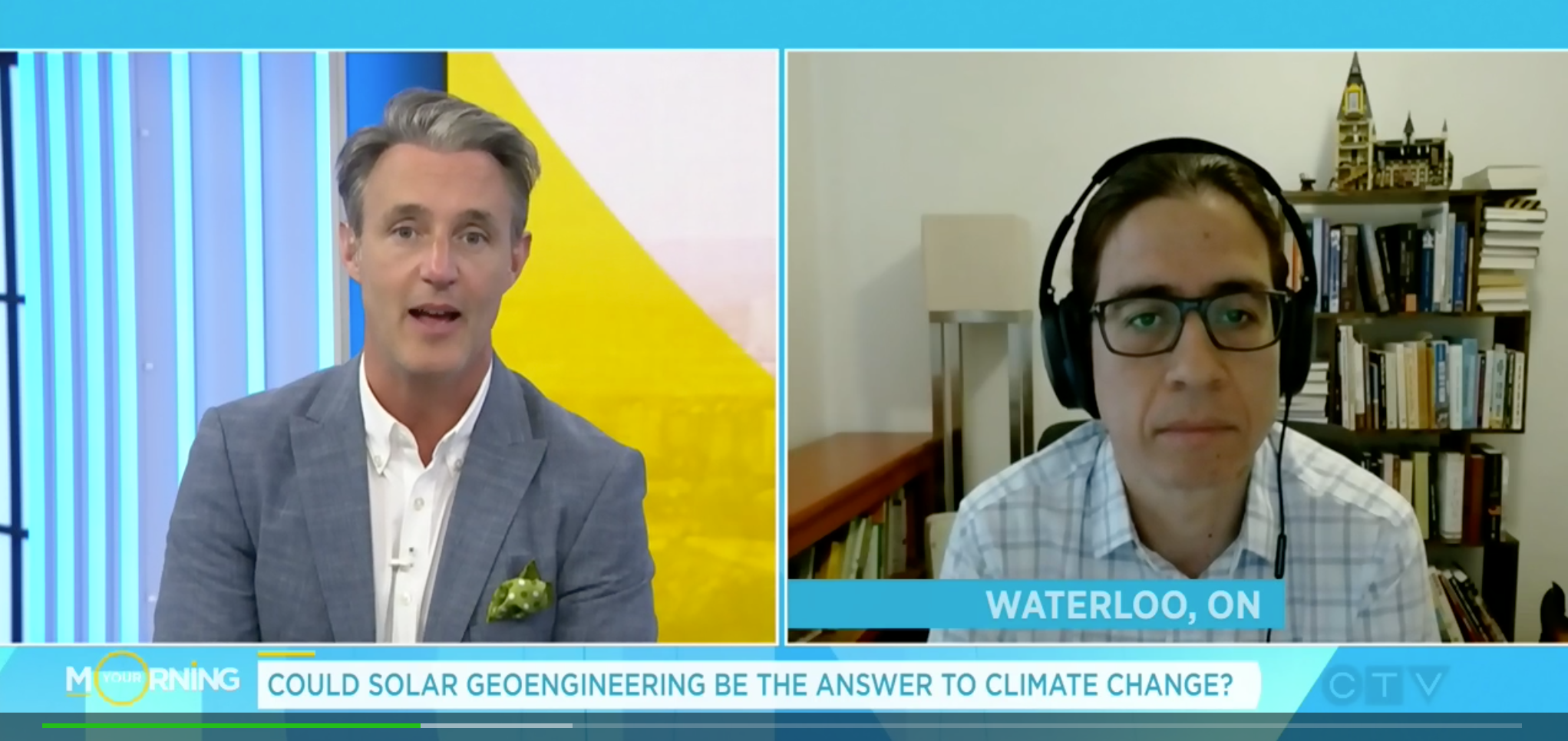This week School of Environment Enterprise and Development researchers, Juan Moreno-Cruz, Neil Craik and Burgess Langshaw Power shared with Canadians their perspective on solar geoengineering as a potential way to manage climate change. As published in The Conversation they describe what exactly solar genoengineering entails.
The say solar geoengineering covers a variety of Earth-cooling strategies, such as adding reflective particles to the upper atmosphere or manipulating clouds in the lower atmosphere. If successful, these techniques would reduce the amount of sunlight that reaches the Earth’s surface and warms the planet. Yet...
Solar geoengineering raises profoundly difficult governance issues due to its potential to impact large-scale human support systems such water availability, agriculture and energy on global scales. That said, solar geoengineering is unlikely to resemble its dystopian portrayal in movies and television.
In the piece they go on to stress that Canadian climate policy has yet to address solar geoengineering, but the government acknowledges the need to understand the implications of these hypothesized technologies. In developing its own approach to solar geoengineering research, the Canadian government would do well to heed the key takeaways from a recent National Academies of Sciences report.
Read the full article, Solar geoengineering could limit global warming, but Canada should study risks and benefits first in The Conversation.
Moreno-Cruz also discussed the report and strategies around solar geoengineering on CTV. Watch the full video clip here.
